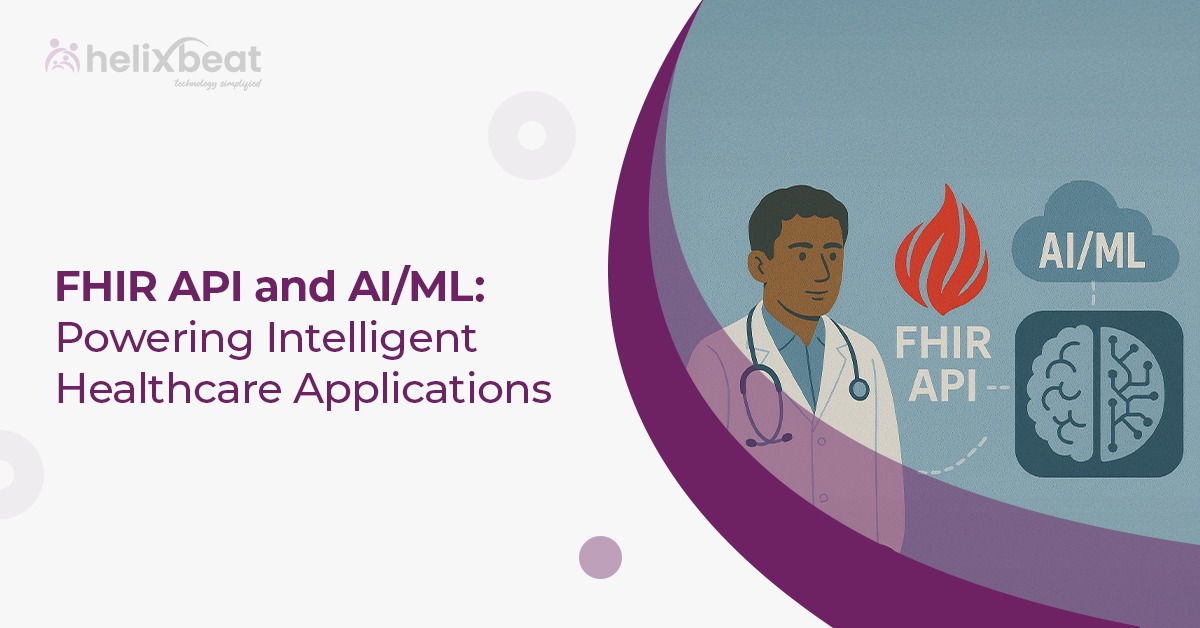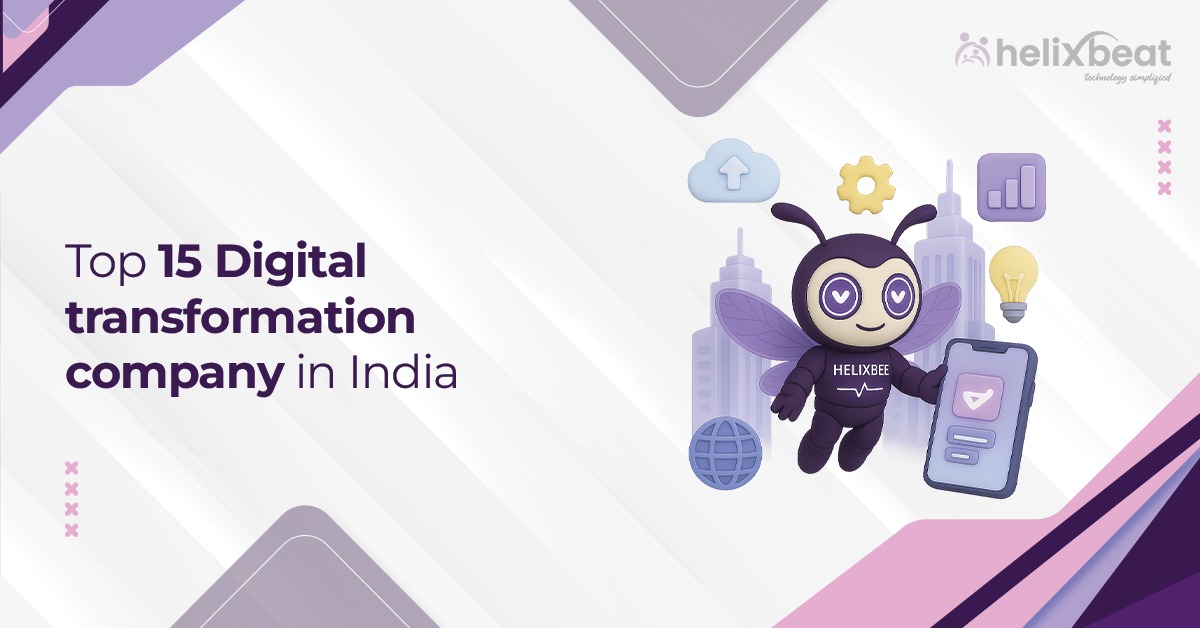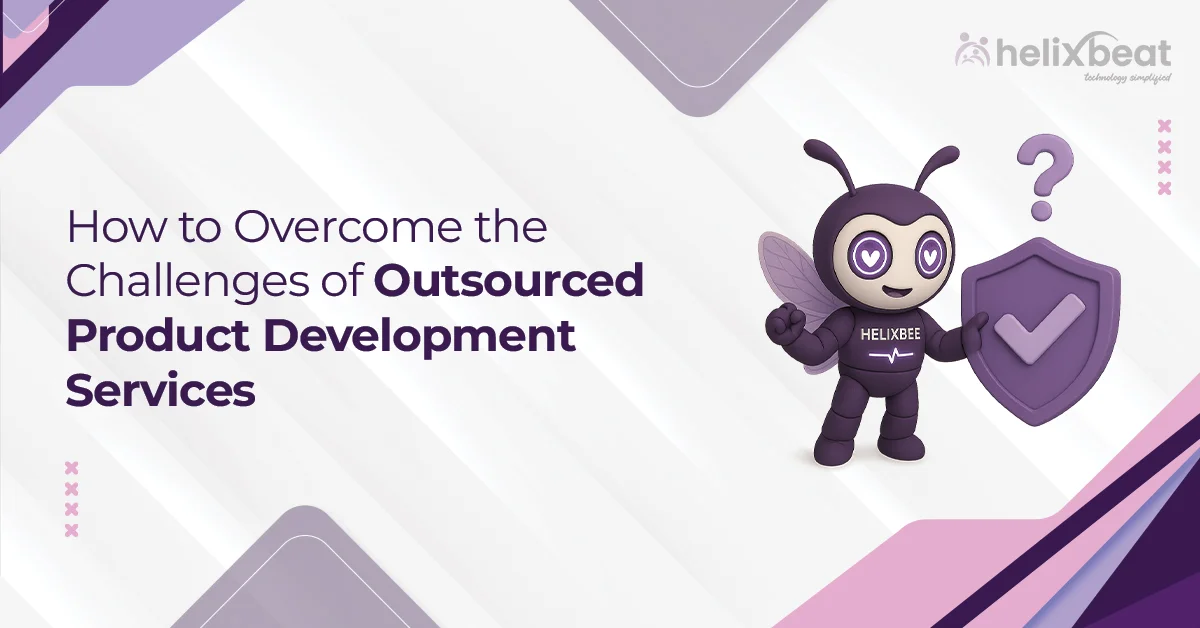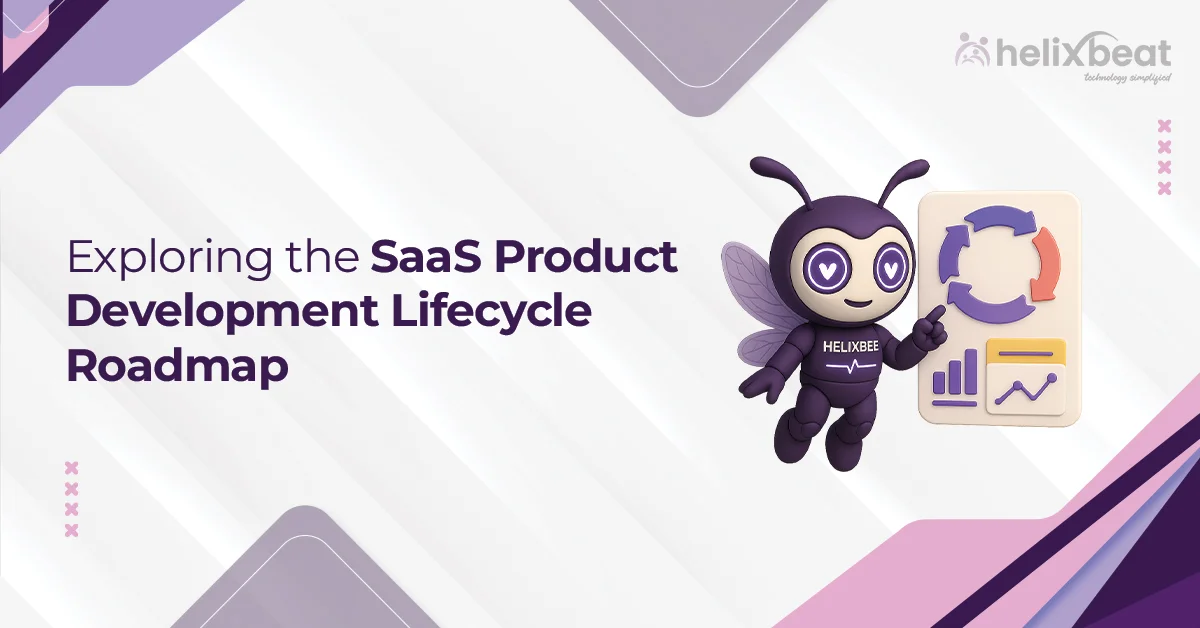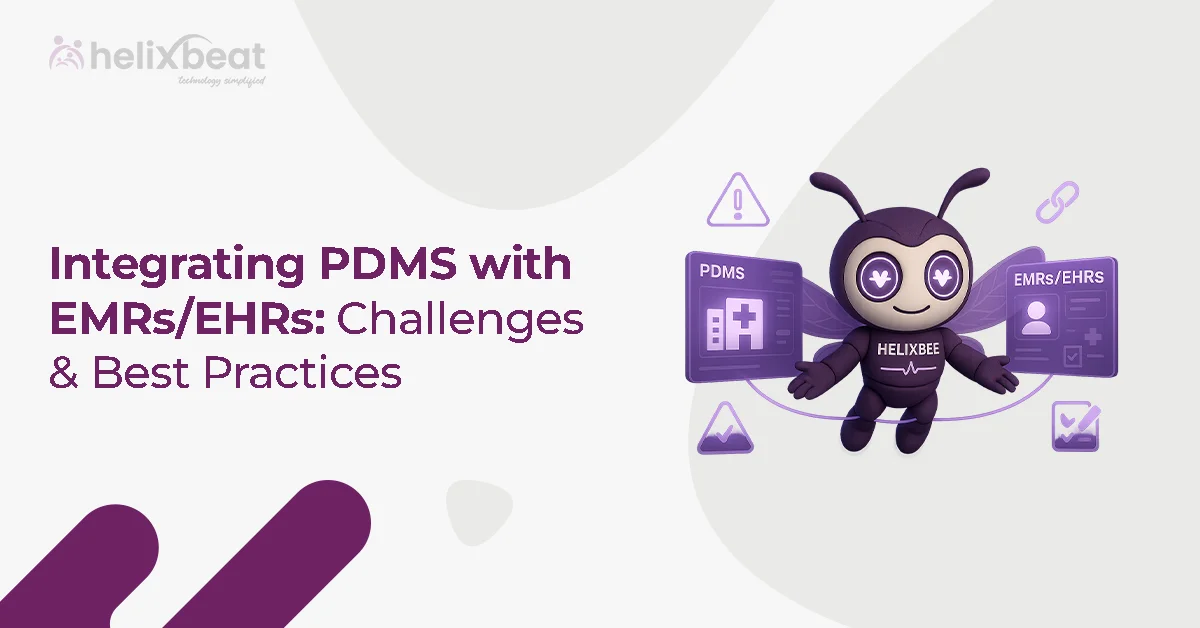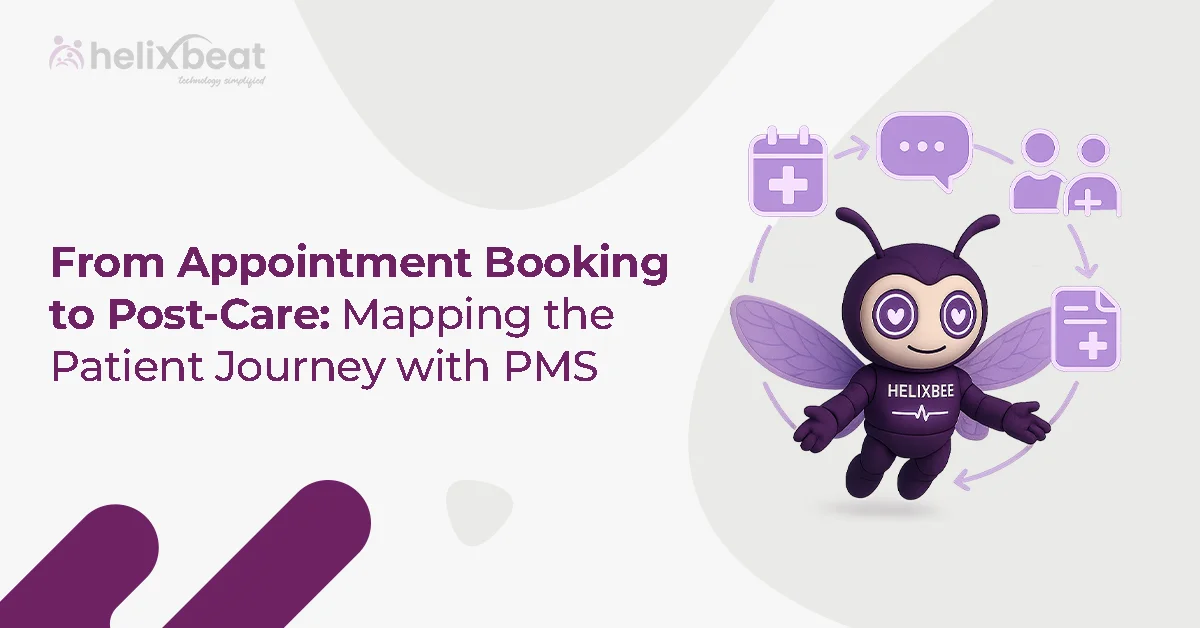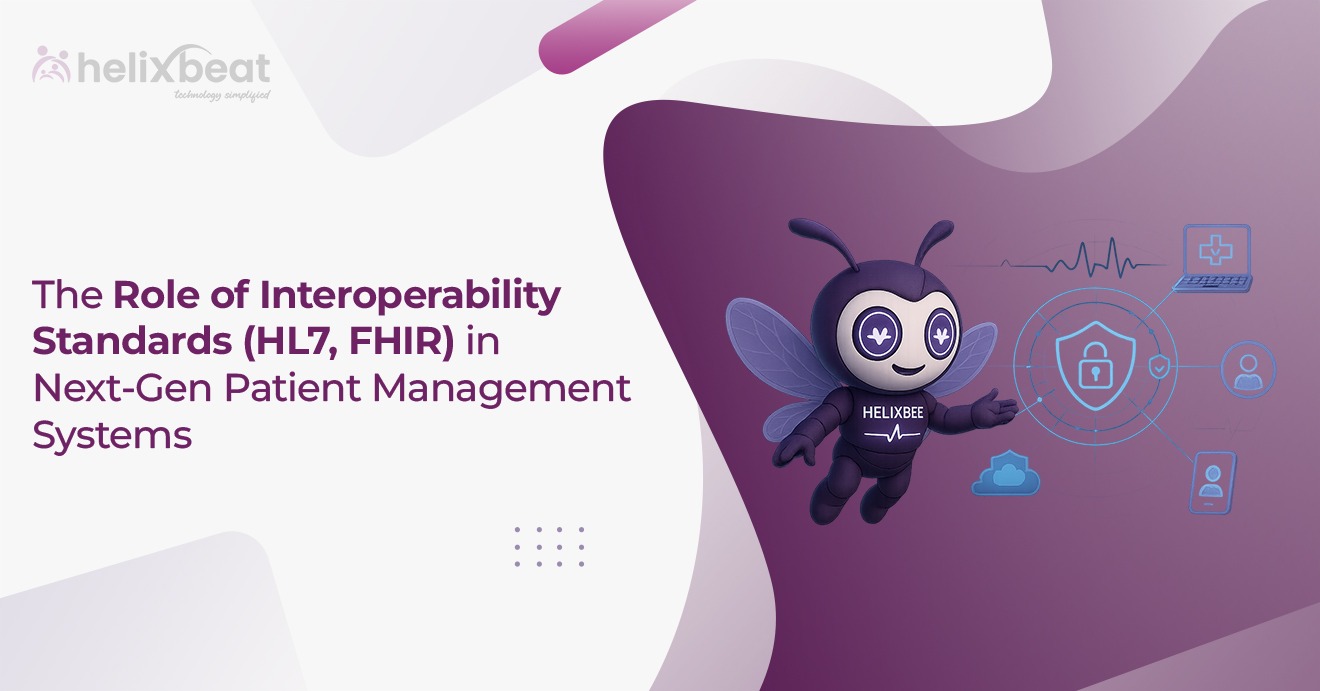The quick advancement of technology in healthcare is redefining how medical professionals provide care and organize patient data. Among the most prominent innovations is the integration of FHIR (Fast Healthcare Interoperability Resources) APIs with Artificial Intelligence (AI) and Machine Learning (ML) technologies. This combination is unlocking new opportunities to improve patient outcomes, optimize operations, and enable more personalized treatments.
In this blog, we will explore how FHIR APIs, along with AI and ML, are revolutionizing healthcare systems and powering intelligent healthcare applications.

Table of Contents
What is FHIR API?
FHIR, developed by HL7 International, is a standard for exchanging healthcare information electronically. It is designed to be simple, flexible, and scalable, making it easier for healthcare providers, systems, and devices to communicate. FHIR APIs are a set of protocols that enable applications to interact with healthcare data in a standardized way. This facilitates the seamless sharing of health information, such as patient records, lab results, and treatment plans, across different platforms.
By adopting FHIR standards, healthcare systems can overcome the data silos that have plagued the industry for years, making it easier to share patient data in real-time.
How FHIR API is Enhancing AI/ML in Healthcare
FHIR API integration with AI/ML models is a game-changer in healthcare. Here’s how it is powering intelligent healthcare applications:
1. Improved Data Interoperability
One of the big challenges in healthcare is data fragmentation. Different hospitals, clinics, and health organizations often use different software and databases, which makes it difficult to share patient information. This lack of interoperability leads to delays in care and potential misdiagnosis.
FHIR APIs connect healthcare systems and bridge this gap. FHIR APIs give all stakeholders—patients, doctors, or healthcare providers—access to the same information through standardized formats and real-time data exchange. This seamless data exchange is a perfect match for AI/ML models, which require high-quality, up-to-date data to make accurate predictions.
2. AI-Powered Diagnosis and Decision Support
One of the most promising applications of AI and ML in healthcare is their ability to assist in diagnosis. By integrating FHIR APIs with AI models, healthcare professionals can leverage real-time data to support decision-making.
Providers can also utilize machine learning models to identify patterns in medical data that humans may overlook. For example, AI models can identify early signs of conditions like cancer, heart disease, or diabetes by analyzing medical records, radiology images, or lab results. This early detection can lead to timely interventions and improve patient outcomes.
3. Personalized Healthcare Plans
Healthcare providers are increasingly moving towards personalized medicine. By analyzing a patient’s genetic information, medical history, lifestyle factors, and even social determinants of health, AI and ML can help create a customized care plan.
By integrating FHIR APIs with AI-driven personalized medicine applications, healthcare systems can gather and analyze a broader range of patient data, which can lead to more accurate predictions and the best treatment options. This data-driven approach also facilitates the development of precision medicine strategies, which can enhance treatment efficacy.
4. Predicting Patient Outcomes
AI and ML models can also predict patient outcomes using historical data. These predictions can help healthcare providers plan interventions and allocate resources more efficiently. For example, AI models can predict which patients are at high risk for readmission and enable hospitals to take preventive measures. Similarly, ML models can predict patient responses to certain medications and reduce the risk of adverse drug reactions.
FHIR API integration allows AI/ML models to access patient data in real-time, making these predictions more accurate and timely. This capability can be particularly valuable in emergency care settings, where quick decision-making is paramount.
5. Streamlining Administrative Tasks
Beyond clinical applications, AI and ML can also streamline administrative tasks in healthcare organizations. Tasks such as billing, coding, scheduling, and claims processing are time-consuming and prone to errors. AI-powered solutions can automate many of these tasks and improve operational efficiency.
By using FHIR APIs, AI applications can easily access patient information, insurance data, and other relevant records to automate these processes. This integration can save time and reduce the chances of human error.
Real-World Use Cases of FHIR API, AI, and ML in Healthcare
Let’s explore some real-world examples of how FHIR APIs, AI, and ML are transforming healthcare:
1. Clinical Decision Support Systems (CDSS)
Clinical Decision Support Systems (CDSS) help healthcare professionals make evidence-based decisions by providing real-time information and recommendations. By integrating FHIR APIs with AI-driven CDSS, healthcare providers can access patient data and receive personalized, data-driven recommendations at the point of care.
For example, an AI-powered CDSS could alert a physician about potential drug interactions or suggest the most effective treatment for a particular condition, all based on the patient’s FHIR API data. This leads to more accurate diagnoses, better treatment plans, and improved patient safety.
2. Radiology Imaging Analysis
Radiologists are increasingly using AI to assist with interpreting medical images, such as X-rays, MRIs, and CT scans. AI models can analyze these images and detect anomalies like tumors, fractures, or infections that might not be immediately apparent to human doctors.
Healthcare providers, by integrating FHIR APIs with radiology tools, can have medical images and other relevant patient data available instantly for accurate analysis.
3. Telemedicine and Virtual Care
Telemedicine has become a vital part of healthcare, particularly in rural or underserved areas. By integrating FHIR APIs with AI-powered telemedicine platforms, healthcare providers can conduct virtual consultations and provide personalized care remotely.
For example, AI-driven chatbots or virtual assistants can help patients with basic queries or provide post-consultation follow-up based on their FHIR API data. This integration enhances the patient experience, making care more accessible and personalized.
FUSION: Supercharge Your Healthcare Solutions with FHIR APIs
Built with RESTful APIs, FUSION is a FHIR server created to deliver easier, faster, and more accurate data exchange.
FUSION stores patient data in FHIR format, which is the global standard for healthcare data. This enables different apps, hospitals, and systems to communicate with each other and share critical health information in real-time.
What sets FUSION apart is that it also stores medical coding systems like SNOMED CT, LOINC, and ICD. This keeps all data consistent, accurate, and ready for clinical use, reporting, and analytics.
Key features of FUSION include
- FHIR-native architecture
- Plug-and-play APIs for rapid deployment
- Real-time data sharing across multiple endpoints
- Strong security controls that meet compliance standards
- Support for both structured and unstructured data
Whether a hospital wants to exchange records with external labs or enable app-based clinical tools, FUSION acts as the smart bridge, without needing to replace existing infrastructure.
Final Thoughts
The integration of FHIR APIs with AI and ML is powering the next generation of intelligent healthcare applications. From personalized treatment plans and predictive analytics to improved decision support and streamlined administrative processes, the possibilities are endless.
Discover how FUSION can revolutionize your healthcare applications today—get in touch with us for a consultation!
FAQs
1. What is FHIR API in healthcare?
FHIR (Fast Healthcare Interoperability Resources) API is a set of protocols designed to facilitate the exchange of healthcare information between systems. It standardizes how healthcare data, such as patient records and lab results, is shared across different platforms.
2. How does AI use FHIR API data for diagnosis?
AI models can analyze FHIR API data, such as medical records and lab results, to suggest potential diagnoses, identify patterns in symptoms, and recommend treatment plans. This helps healthcare professionals make informed decisions quickly and accurately.
3. What is personalized medicine, and how does FHIR API contribute to it?
Personalized medicine tailors treatment plans to an individual’s specific genetic makeup, medical history, and lifestyle. FHIR API provides the data needed for AI/ML systems to create more precise and personalized healthcare strategies.
4. How can FHIR API integration improve healthcare efficiency?
By connecting various healthcare systems, FHIR APIs enable real-time data sharing, which reduces delays in decision-making, improves care coordination, and eliminates redundancies, thus enhancing overall efficiency in healthcare delivery.



